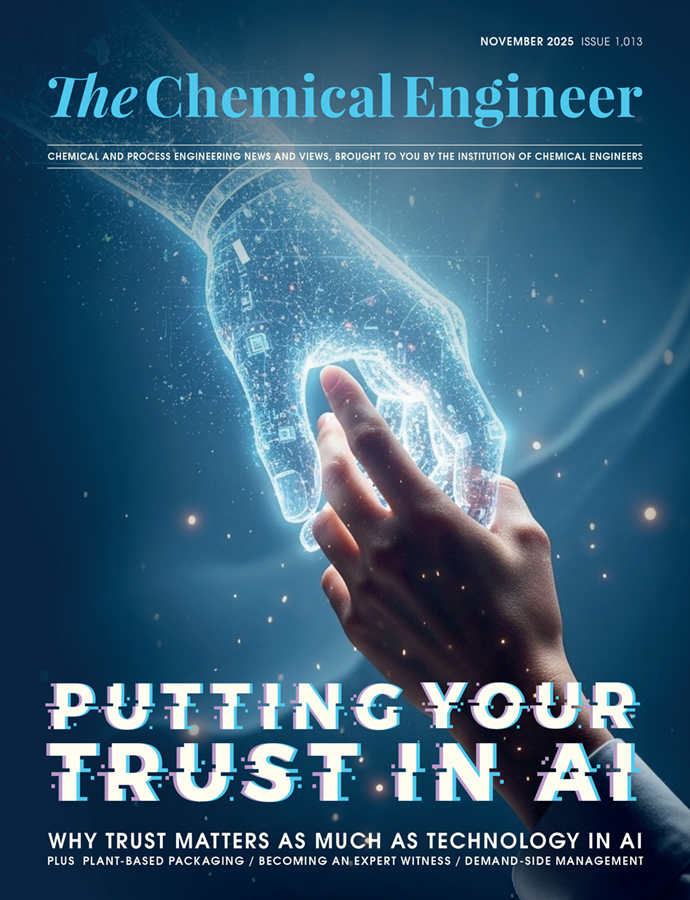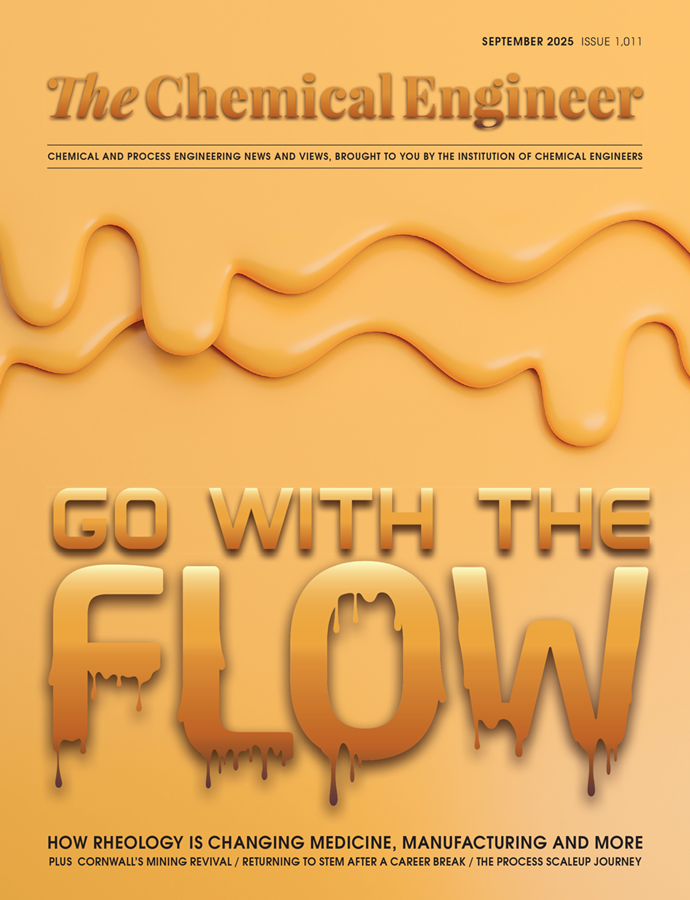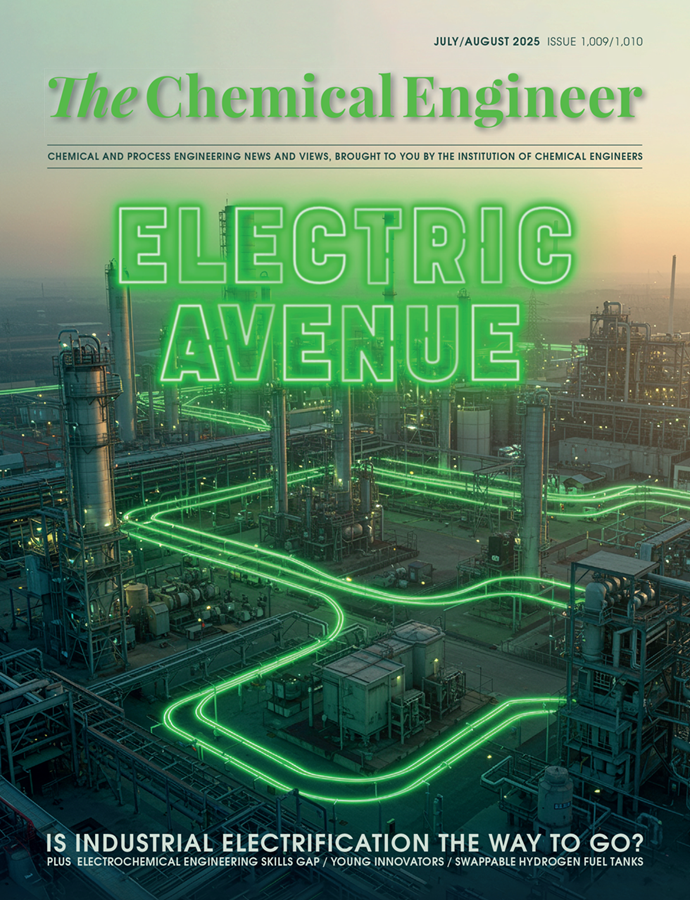US and Australia strike US$8.5bn critical minerals deal

THE US and Australia have joined forces to develop a pipeline of critical minerals projects worth US$8.5bn over the next six months.
To counter China’s market dominance, the Critical Minerals Framework will see the US and Australia collaborating on projects in both countries, sharing investment, regulatory permissions and technical expertise.
Both countries have committed to invest more than US$3bn in each other’s projects, with the US estimating this will unlock recoverable resources worth US$53bn.
Anthony Albanese, the prime minister of Australia, said: “Australia is home to much of the periodic table of critical minerals and rare earth metals that are vital for defence and other advanced technologies.
“Cooperation on critical minerals and rare earth supply chains is testament to the trusted partnership between Australia and the United States as strategic defence allies.”
Announced projects
The framework has already led to several projects in development, including the Alcoa–Sojitz Gallium Recovery Project – a trilateral initiative with Japan – based in Wagerup, Western Australia.
Both countries will invest in the project, with the Australian government investing US$200m. The project is expected to provide 100m t/y of gallium – around 10% of global supply – which is typically used in defence and semiconductor manufacturing.
Another key development is the Arafura Nolans project in the Northern Territory, which contains around 5% of the world’s rare earths, including phosphate, uranium and thorium.
Competing with China
China currently dominates global critical mineral refining, holding around 70% of the market. This stronghold has made other countries heavily reliant on Chinese resources for developing their defence and battery manufacturing industries.
As a result, global supply chains are vulnerable to disruption when China restricts exports – as seen late last year when it banned critical mineral exports to the US, Japan and the Netherlands.
In response to these concerns, countries including the US and Australia, have launched their own critical minerals strategies to strengthen domestic supply chains and reduce dependence on China.
The US has set out several initiatives to increase its critical minerals and materials capacity, with the Department of Energy recently committing US$1bn to advance and scale mining, processing and manufacturing technologies across its supply chains. Its partnership with Australia – the fourth-largest producer of rare earths – will further support these goals.
Lauding the deal, President Trump said: “In about a year from now, we’ll have so much critical minerals and rare earths, that you won’t know what to do with them.”
Recent Editions
Catch up on the latest news, views and jobs from The Chemical Engineer. Below are the four latest issues. View a wider selection of the archive from within the Magazine section of this site.




